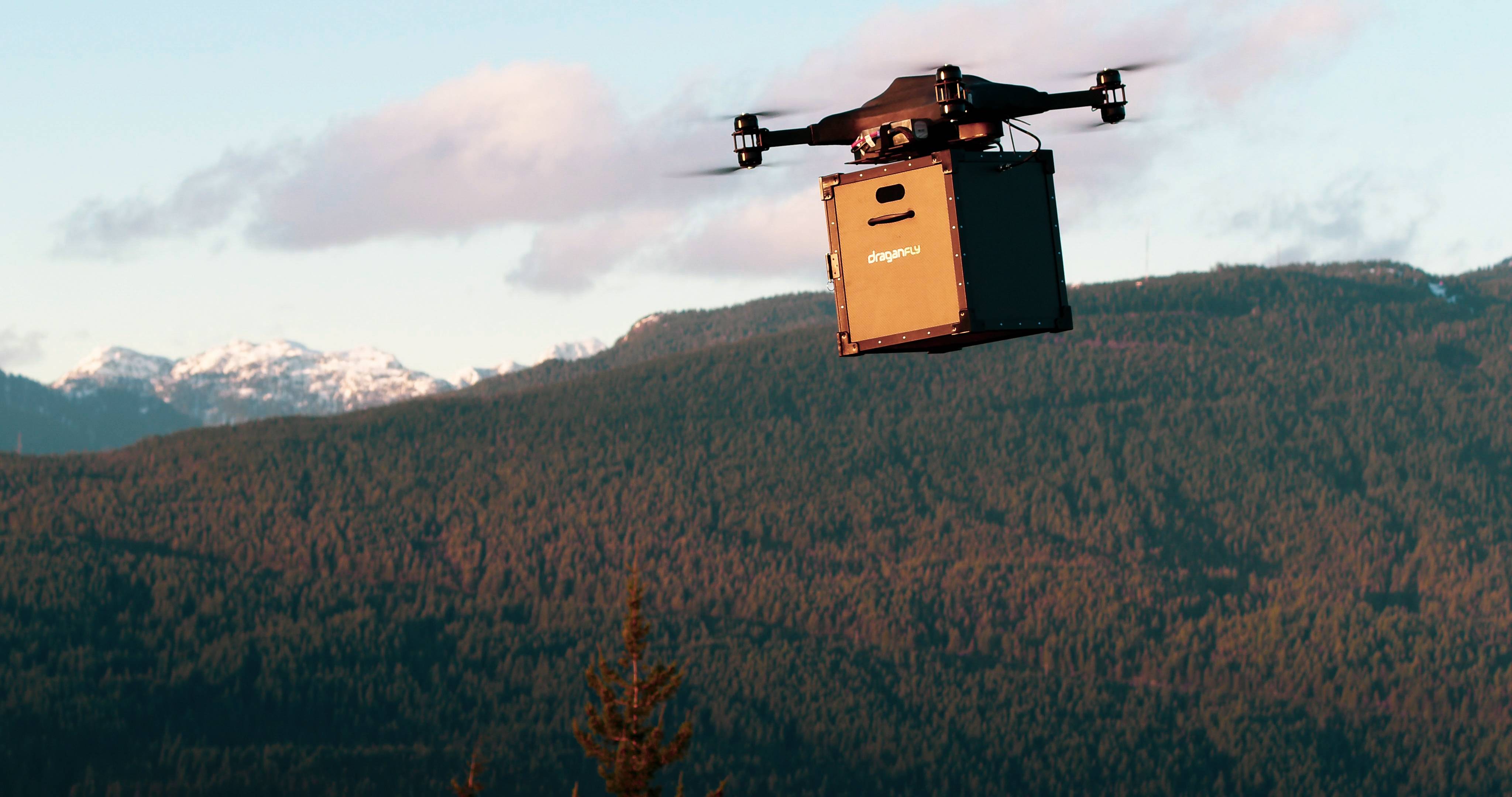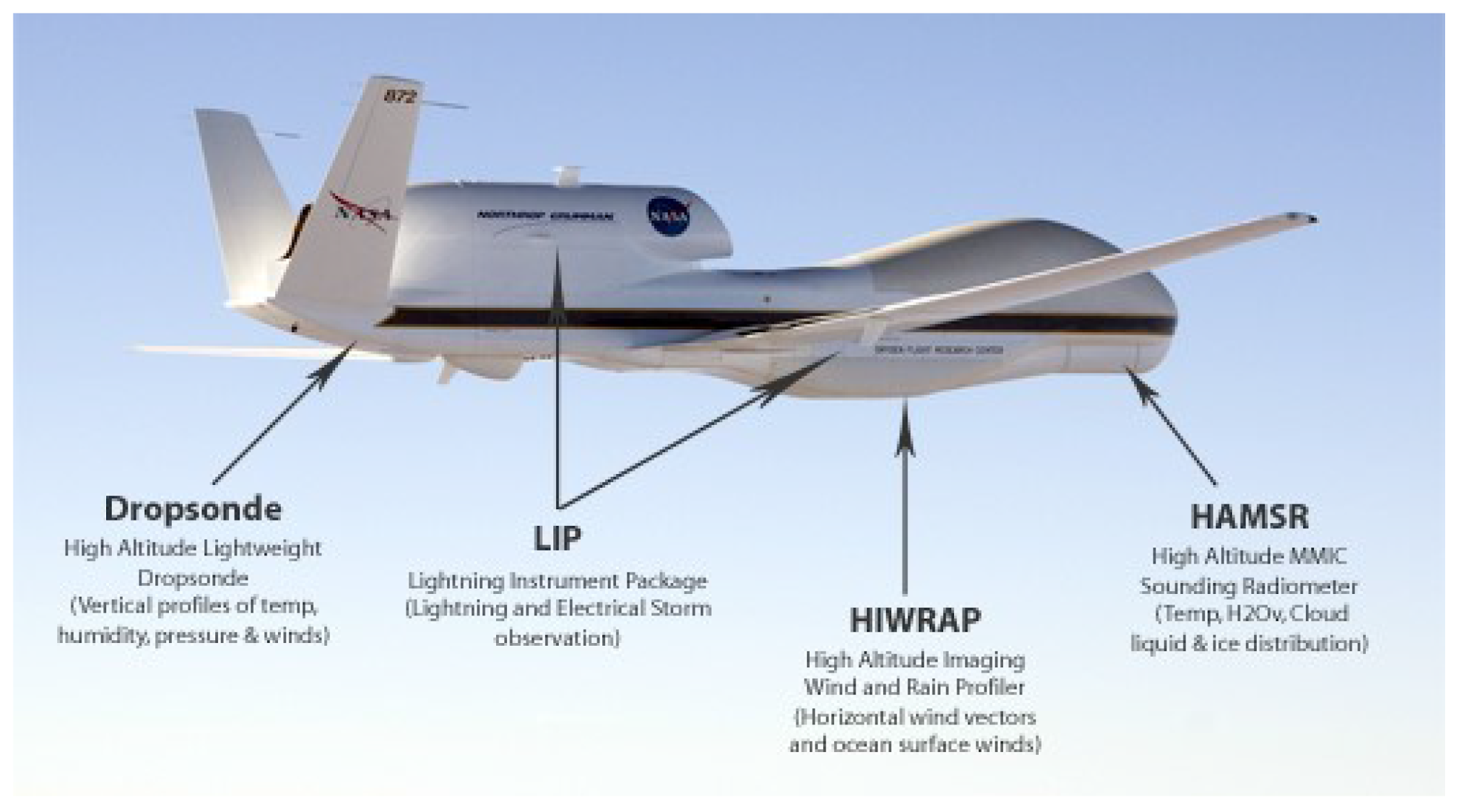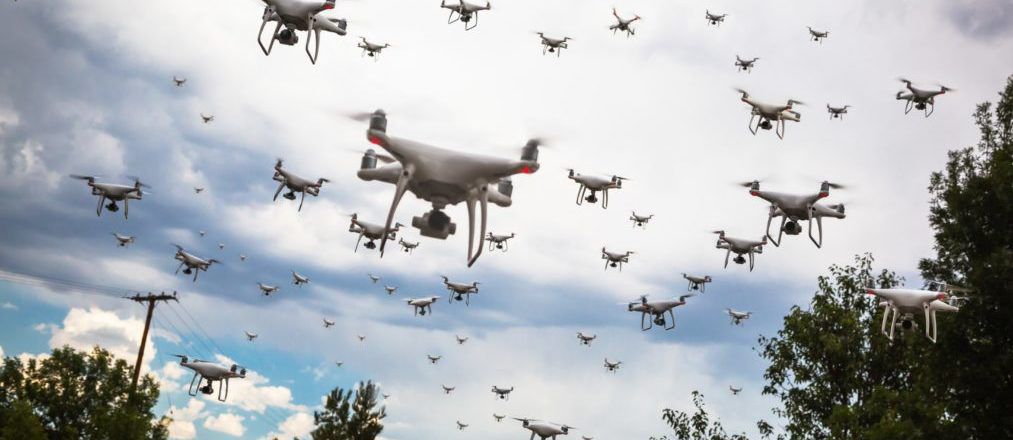
The Small UAV Coalition is pleased to announce that the House of Representatives has passed the FAA Reauthorization Act of 2018. The legislation authorizes six additional years to the Federal Aviation Administration (FAA), supporting the continued growth and safety of our national aviation space. The House Transportation and Infrastructure Committee Chairman Shuster and Reps. Perry and Sanford for their support in passing FAA Reauthorization Act of 2018.
Encourages policy and law changes that permit small unmanned aerial vehicles to be operated
The proposed regulations in the United States would allow small UAVs to be used for emergency management and law enforcement. The rules proposed would not allow UAS to be used for voyeurism and hunting or attach weapons. Additionally, operators would have to obtain a Federal Aviation Administration pilot's permit and take a test flight in order for them to operate drones. Local governments will decide whether to allow commercial drones by the end this year.
The bill would prohibit UAS from operating in areas where people have reasonable expectations of privacy. These include restrooms, lockers and individual residential spaces. It would also prevent the operation of UAS in campus buildings, daycare centers, and residential hallways. However, the legislation would exempt UAS users who use them for commercial or government purposes. However, UAS operators can be authorized by university officials in certain areas.

Supports development of infrastructure to manage widespread use of low-altitude airspace
A new technology will allow for seamless connectivity between drones and low-altitude airspace. NextGen's En Route Automation Modernization(ERAM) platform has replaced the legacy system Host in 2015. With its increased radar coverage, and reduced vectoring this technology makes it easier for airlines to plan flights more efficiently. It ensures all aircraft are operating at safe altitudes, which improves safety.
Low-altitude, complex airspace management is challenging due to its complexity and the environmental factors. It is essential that operational roles are clearly defined and that well-trained personnel be used. It is also important to evaluate management systems in order to minimize human error. This will increase efficiency and reduce the risk of errors. The key challenges in low-altitude airspace management include loss of control, link loss, and communication failure.
Supports the creation of micro-classifications to small UAVs
The number of small, unmanned aerial vehicles has increased and so does the need for effective countermeasures. It is difficult to control low-flying objects in airspace. This will require new technology. Many industrial initiatives are being implemented to meet this demand. Here are some examples. They include::

UAVs are severely restricted by radio-frequency bandwidth limitations. This limitation has a wide range of effects on military services, but is particularly important for Navy ships at war and Army battalions. Congress and the UAV industry are trying to resolve this problem. There are currently no laws that restrict small UAVs being used for military purposes.
FAQ
What laws apply to drones flying above private property?
New rules have been issued by the FAA for commercial drone flying. These rules apply to UAVs with a weight less than 55lbs and that fly at a height of below 400 feet from the ground. Commercial operators must register at the FAA and apply for a license. They will also require permission from local authorities to operate near airports and other restricted areas.
What drone is the best for beginners?
One of the most popular beginner drones is the DJI Phantom 2 Vision+. This drone comes with a 4K camera which can be used to take aerial photos and videos. This drone is easy to navigate thanks to its GPS system.
What is it like to travel by drone?
Drones are increasingly becoming popular both for personal and commercial use. They are used for photography, filming, aerial mapping, search & rescue, and other applications. Recently, the FAA approved new regulations for drones, including requirements for registration, licensing and pilot training. These changes will help ensure that drones remain safe for everyone involved.
What is the difference in a quadcopter from a hexacopter.
A quadcopter is an four-rotor helicopter which flies in the same manner as a conventional helicopter. The quadcopter has four independent rotors. The quadcopter's quadcopter counterpart, the hexacopter, has six instead of four. Hexacopters are more stable and maneuverable than quadcopters.
Is it possible to fly my drone in a local park?
Yes, drones can be flown in parks around the world. However, there are some countries that prohibit drone flying in parks. See our list to see where drones can be flown legally for fun.
Statistics
- According to industry research from ZipRecruiter , there are 10 cities where the typical salary for a Drone Pilot job is above the national average. (dronesgator.com)
- According to ZipRecruiter, the minimum hourly wage of drone pilots is $20. (thedroneu.com)
- Research and Markets predict a growth rate of 51.1% over the next five years. (thedroneu.com)
External Links
How To
What is a "Battery Pack" and how can it be replaced?
A battery pack is what powers the motors of your drone. They are powerful enough to keep your quadcopter flying safely and smoothly.
Most likely, there won't be any noticeable difference in the batteries of a new drone. Over time, however, your battery pack may start to wear down. Eventually, it might stop working altogether. You'll need to replace your battery pack to ensure that your drone continues to work properly.
It is recommended to use the original replacement part when replacing a battery. Otherwise, you risk damaging your drone by installing a faulty battery pack.
These are the steps you need to follow in order to replace a dead battery pack.
-
Disconnecting the battery connector cable is a good idea. This step ensures that your drone doesn't receive any electrical current. You can remove the battery connector from the drone by pulling it out.
-
Unscrew your battery pack. Take the battery pack out of the bottom part of your quadcopter. The battery pack often splits into two pieces.
-
Locate the battery contacts. After you have taken the battery pack out, look for the contact points. These tiny metal pins are what connect the battery to other components within the drone.
-
Install the new battery. Next, you will need to install the battery into the drone. Then align the battery connectors on the battery pack's two sides. After that, attach the battery pack to the drone. Once the battery is in place, tighten all bolts.
-
Reattach the connector cable to the battery. Connect the drone's battery connector cable once you have installed the new pack.
-
The drone should be tested. Make sure your drone is still working properly before you take it out again. If it does, congratulations!